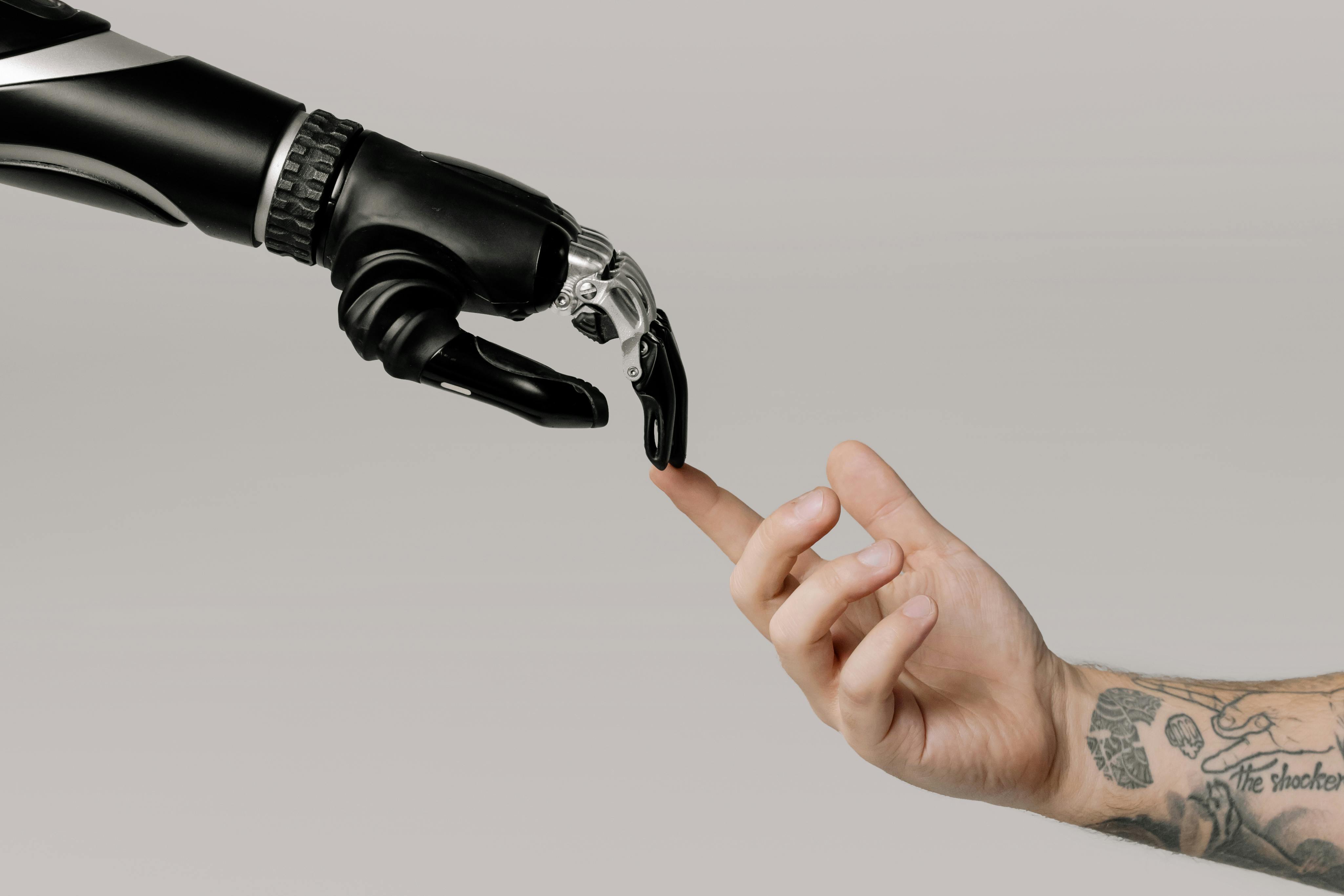Why System Design Is the Backbone of IoT
When we talk about the Internet of Things (IoT), most of us imagine the end results — smartwatches that monitor our sleep, connected fridges that remind us to buy milk, or cars that can park themselves. But behind every “smart” experience lies something most people never see: the system design that makes all of it work seamlessly.
It’s the invisible architecture that keeps your devices talking, processing, and performing in sync. Without great design, IoT wouldn’t be “smart” — it’d just be chaos.
Why System Design Matters
Think of IoT system design as city planning. You need roads, utilities, and governance — not just houses. For IoT, that means:
- Device Layer: Sensors and actuators collecting data (temperature, motion, location).
- Network Layer: Wi-Fi, 5G, Bluetooth, or Zigbee transporting the data.
- Processing Layer: Cloud or edge computing analyzing data and making decisions.
- Application Layer: User-facing apps, dashboards, or automation rules.
Scalability and Reliability
Great IoT systems are built to grow and adapt:
- Scalability: Add new devices, data points, or AI models without starting from scratch.
- Reliability: Build redundancy and fault tolerance to prevent downtime.
Real-World Example: Smart Factory
In a smart manufacturing plant:
- Edge devices process data locally for faster response times.
- The cloud handles long-term analytics and predictive maintenance.
- A central control system visualizes operations in real time.
This hybrid edge-cloud design allows cost-efficient scaling and high-speed insights.
Common Mistakes and How to Avoid Them
- Skipping security: Always encrypt data and use secure communication protocols.
- Not planning for data overload: Ensure storage and bandwidth scale with IoT growth.
- Ignoring interoperability: Use open standards and modular frameworks for multi-vendor devices.
The Future of IoT System Design
As AI and edge computing mature, IoT system design will emphasize:
- Autonomous decision-making
- Energy-efficient processing
- Sustainability
- Intelligent local networks that sync globally
Final Thoughts
Every “smart” product begins with solid system design. It’s what turns a handful of devices into a connected experience that feels effortless, safe, and human. Next time your thermostat adjusts automatically, remember — it’s the design behind it that makes it possible.

